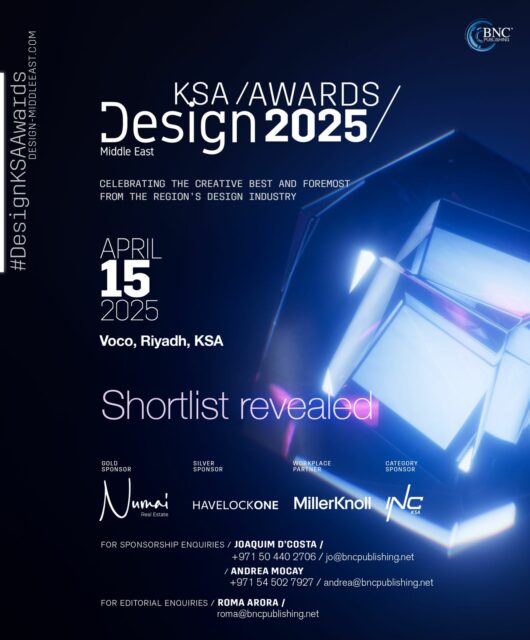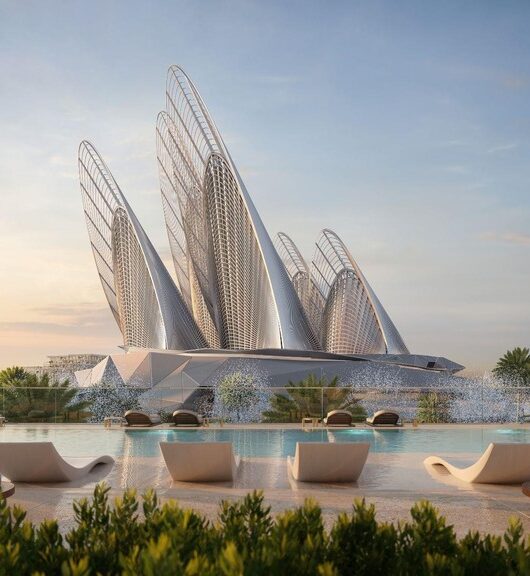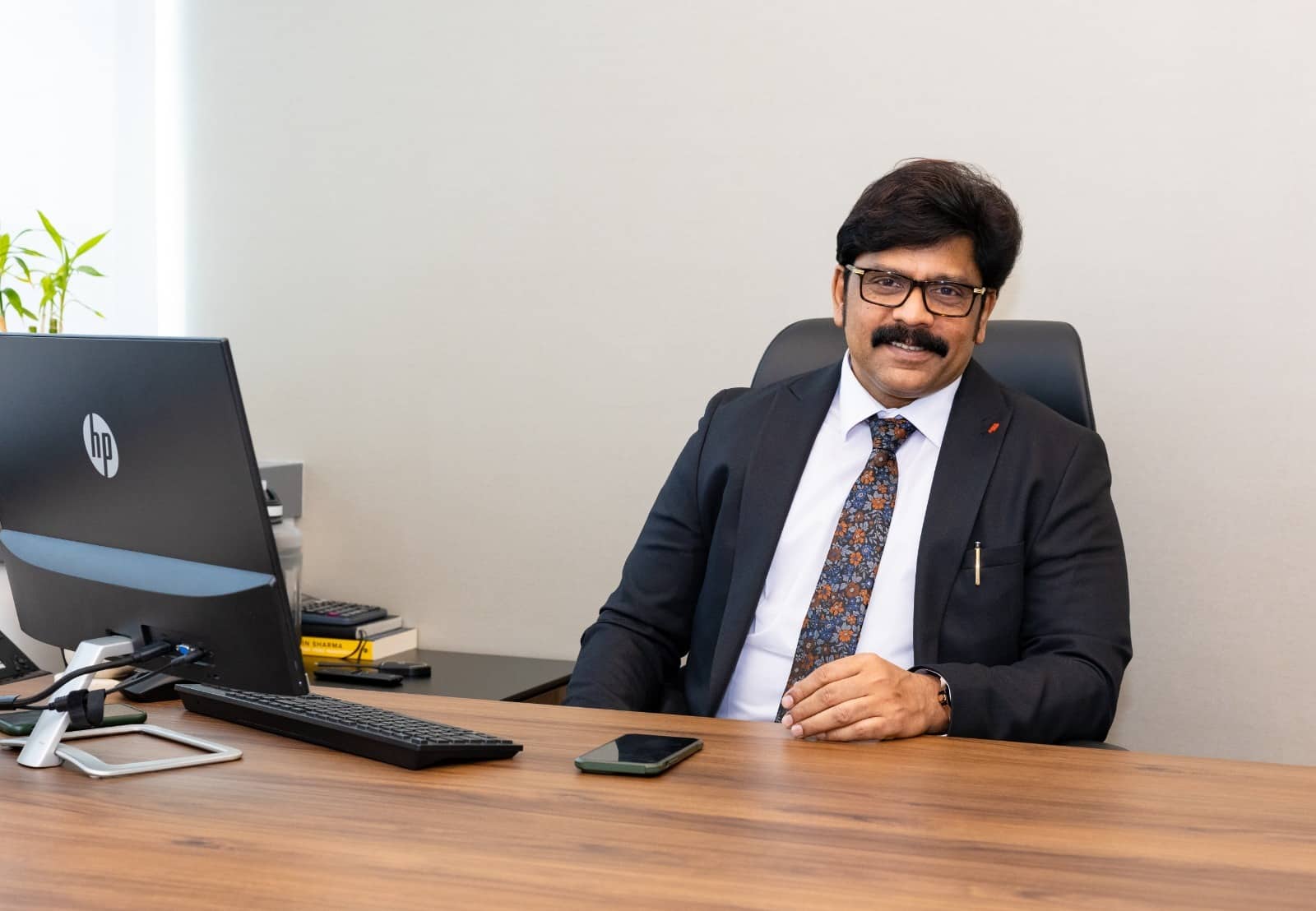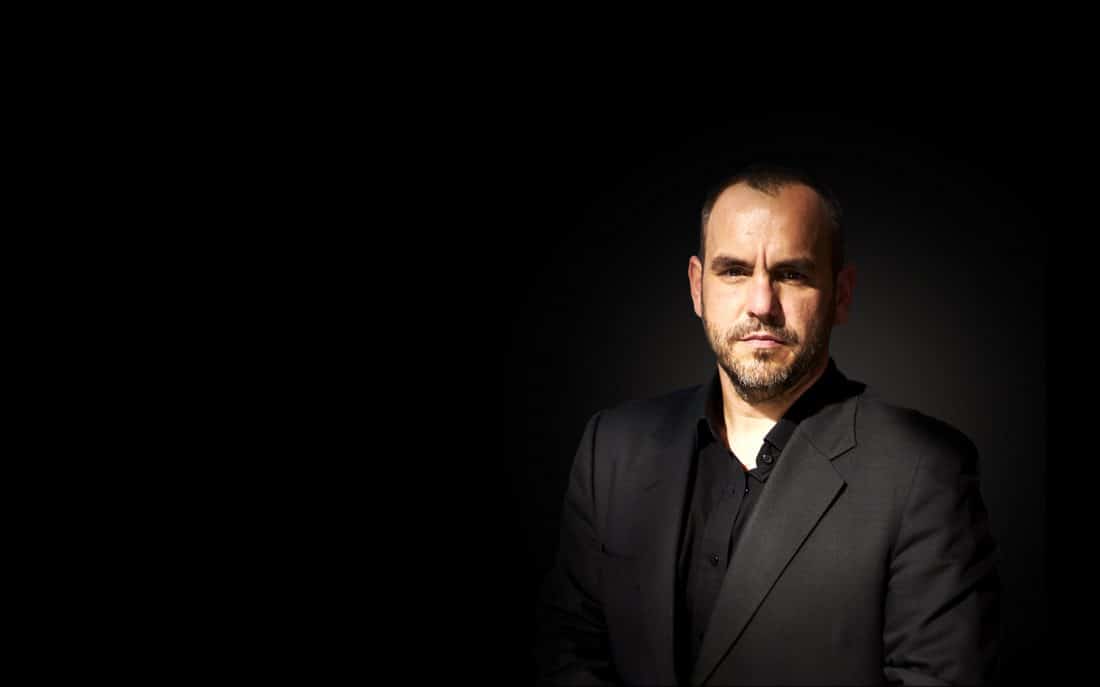 Ignacio Gomez, global design principal at Aedas Middle East, discusses the importance of research-based architecture, how the field is evolving, and the future of smart cities.
Ignacio Gomez, global design principal at Aedas Middle East, discusses the importance of research-based architecture, how the field is evolving, and the future of smart cities.
Can you provide a brief overview of your background, expertise, and unique architectural perspective?
As global design principal at Aedas Middle East, I am committed to the practice’s core principles. I strive to provide unique and individual solutions for each project and take pride in the fact that we never take the formulaic design route. My designs are the result of extensive research and understanding of the region’s people, culture, history, present, and future. Research rooted in the past allows for the creation of a unique story for each project.
I am committed to the belief that virtual and fictional narratives have and will always be incredibly powerful sources of inspiration, and with the economy and world heading into unknown territory, architects can and should play a part in the role of imaginary landscapes and stories. The architect must be able to create non-fiction from fiction. Then the work becomes an active entity in society’s imagination—a type of fable or myth. The source becomes less important, even obliterated, and what counts more is the way the story or the building or the city lives on in collective memory.
I have been responsible for a number of key projects and established the overall design direction of the practice in the Middle East. Designing many projects in the region including master planning, hotel and leisure, residential, transport, and cultural developments.
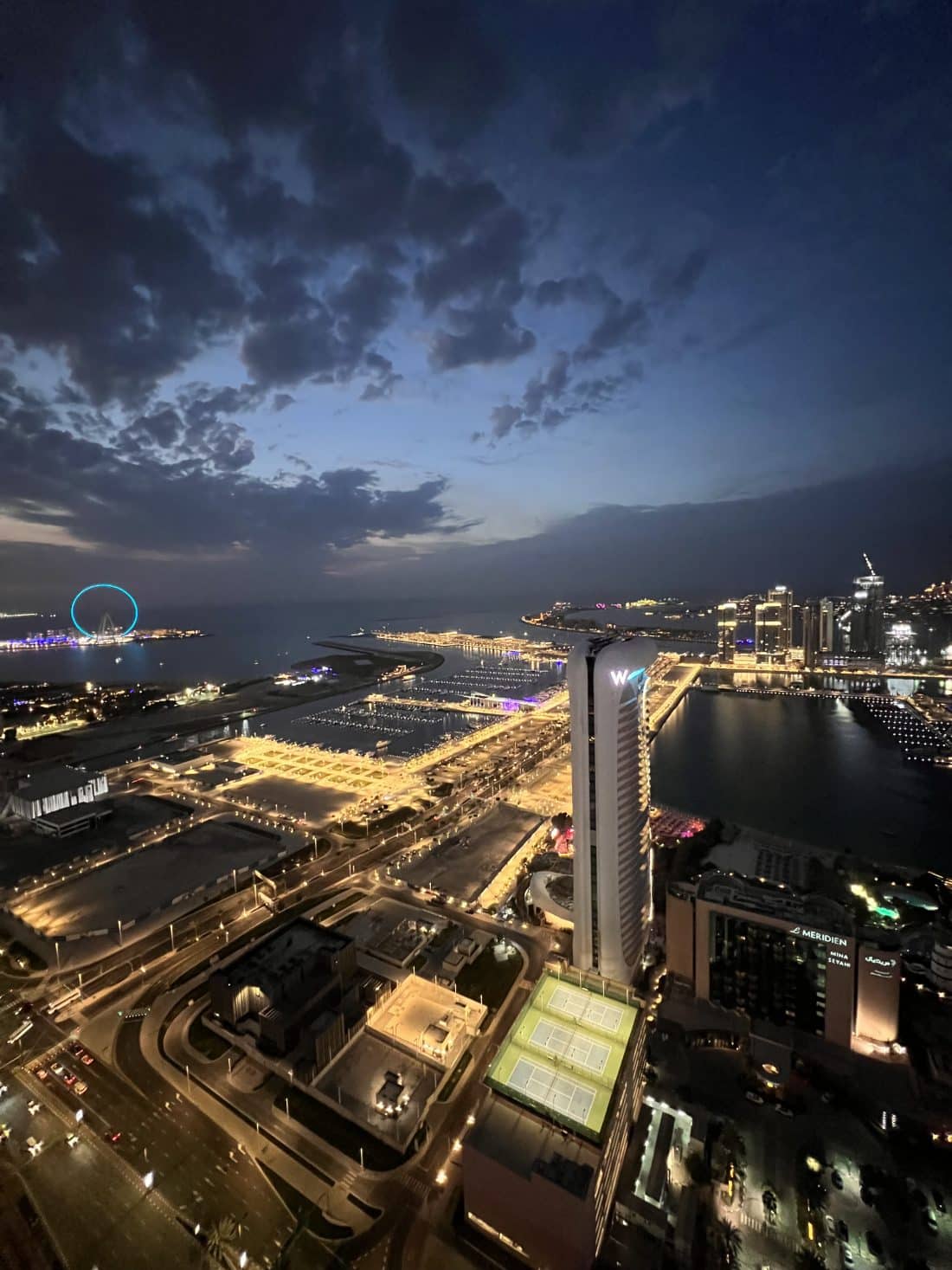
How is the role of architecture evolving in terms of designing for the end-user?
The other trend that somehow also reinforces that feeling is the change of perception of the physical environment and space. Society as a whole is rapidly modifying our understanding and relationship with our physicality. In the past we used to be where we used to be, the space that we occupied with our body and our presence. Since the development of the smartphone and social media, we are no longer stationary and are instead constantly evolving. The number of square metres in our beds is less significant than the Wi-Fi speed and data coverage. Physical space is now flexible, unrestricted, and limitless.
Thus, as architects, we must begin to consider and respond to this situation in which the significance of the physical space is diminishing. Why would one shop at a mall? Why visit a movie theatre? Why do people meet? All of these notions about how we live and interact are being challenged by COVID-19. Why should I go to work at the office? I can wear flip flops here, therefore isn’t that a better place than the outside? Why should I make the hour-long journey to work?
Perhaps more architects and designers should consider this issue rather than leaving it in the hands of social media platforms?
How are designers coping with the ongoing COVID-19 crisis? What effects will technology and the digital revolution have on design?
We do not take into account the significant effects that this crisis will have on how we live and interact with the natural world. Many factors, such as maintaining social distance and allowing enough room for people in both public and private settings, will be simple to put into practise. The major changes will, however, be in the uses and typologies of the existing places. Many existing types of meeting, commercial, and recreational spaces will be significantly altered or, in the worst-case scenario, rendered obsolete. Compare the current state of an office to how it was one year ago. We can speculate on how the workplace will evolve in the future.
Architects should think about the impact on project typologies and new uses that will be borne out of the social transformation that occurs as a result of this crisis. Perhaps we are not very far away from having to rethink alternative uses for empty shopping malls and commercial buildings. We will need to offer even better spaces and experiences to encourage people to leave their homes, Netflix and their social platforms. Competition is tough.
Architects have had a monopoly on the design of physical spaces for many centuries, but today there are many alternatives, including the digital space, which is mostly powered by AI (Artificial Intelligence) and offers constantly changing content that adapts to your needs and wants while architecture and the physical environment are static and monolithic.
What will the design of cities look like in the future?
Future cities will be similar to cities of the past in some ways while also being very different. When we consider the evolution of the city over millennia, the reality is that the physical aspects of it have not changed fundamentally – housing groups, social interaction spaces, trading, and so on. As a result, the hardware will essentially already exist and will not be replaced at the rate at which technology evolves. Software, Big Data, and AI are here to stay and are evolving at a rate that the city and its physical environment cannot keep up with.
What is also surprising is that big transformations in city design are not and will not involve urban planners and architects. The changes are made by a concentrated number of IT companies that are developing applications and platforms that will redefine the way we interact with others and move around.
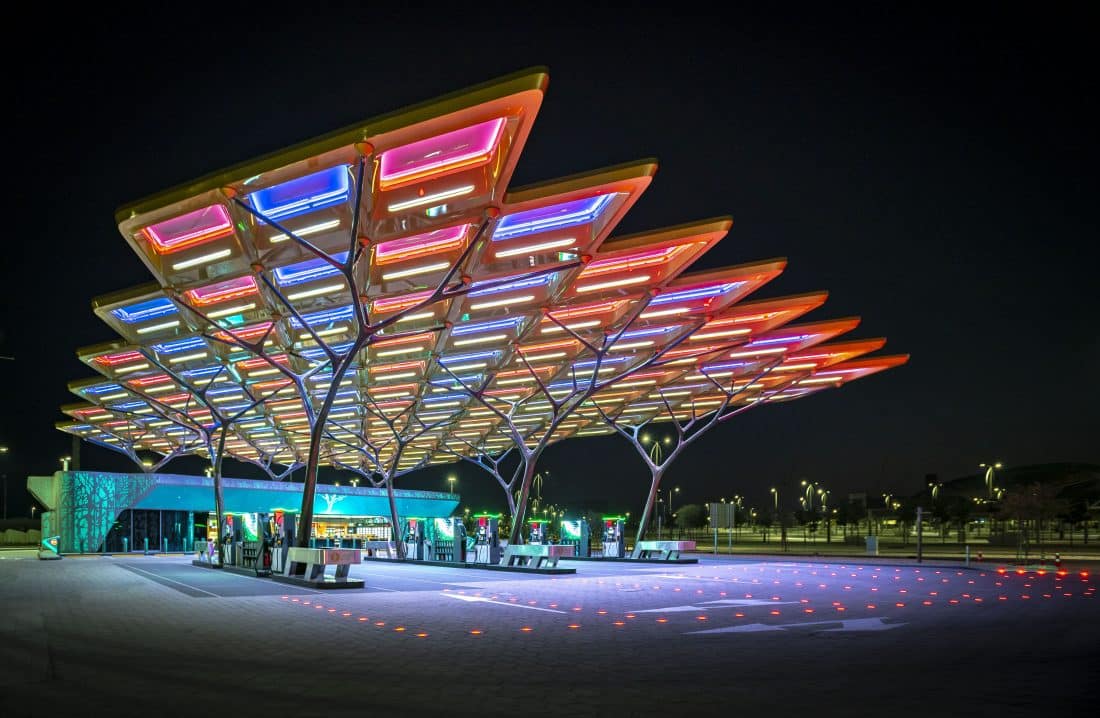
What do you think will be the most significant trends and developments in architecture over the next five years?
One of the current trends in architecture and the overall construction market is the commoditisation of design projects to some extent. Design solutions appear to be evolving into products that can be transplanted across multiple locations and contexts almost without typological variation.
This is a by-product of the concentration and creation of the mega engineering firms. In the last few years, we have seen how engineering firms have been joining and merging together, creating huge conglomerates never seen before in the construction market. The size of these engineering firms cannot be compared with the size of architectural practices, and therefore the product (the design of buildings) is somehow becoming commoditised and generic, losing its particularity and specificity.
Clients frequently mistakenly think that architectural firms can be replaced by mega multinational engineering firms that also offer architectural services. The role of architects must be redefined if we are to continue to demonstrate to our clients and society that we perform a valid and necessary role; otherwise, we will face the same fate as many other trades that have disappeared in the XX and XXI centuries. I would like to claim that we might already be a vanishing trade, but we haven’t realised it yet as a collective.

